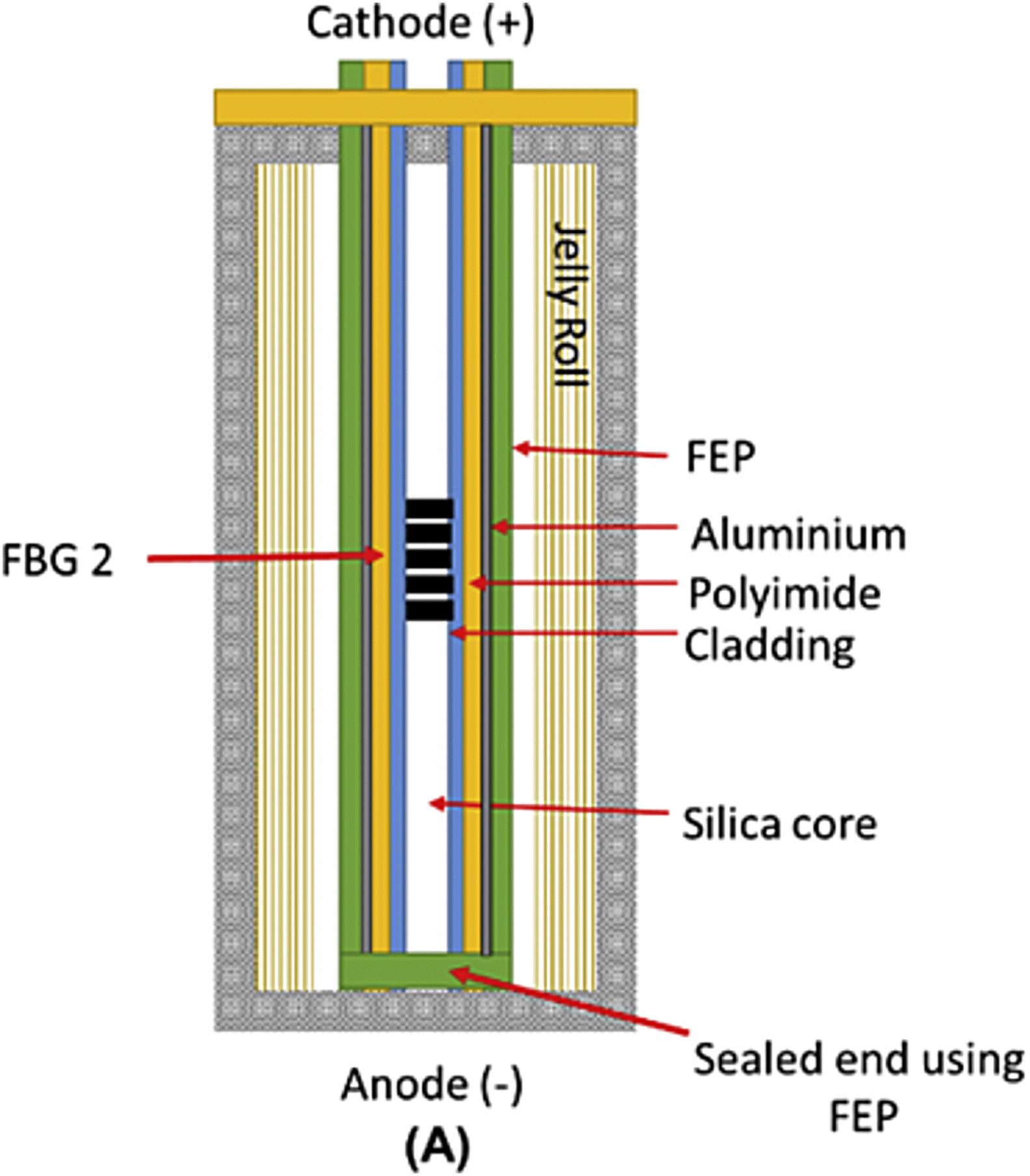By Aalyia Shaukat, contributing writer
Scientists at the University of Warwick have developed a novel method to measure the thermal characteristics of a lithium-ion (Li-ion) battery via the deployment of an in-situ sensor system. In a recently published paper in Electrochimica Acta , tests on the technology revealed that the maximum charging current that can be applied to commercial 18650 batteries was actually 6.7 times higher than the manufacturer specification, leading to a five-fold reduction in nominal charging time. The faster charging times were accomplished using the common constant-current constant-voltage (CC-CV) technique without risking thermal runaway and permanently damaging the batteries.
Common charging techniques
Charging, or feeding electrical current into a battery, forces lithium ions at the cathode electrode back to the anode to a point at which there is enough electrochemical potential to adequately supply an external circuit with power. Naturally, charging a battery yields an increase in temperature that, in turn, increases the rate of electrolyte decomposition. This breakdown of the internal electrolyte leads to a buildup of gases and, subsequently, a potentially catastrophic pressure increase. Moreover, charging a battery beyond the specified voltage can cause excess lithium metal plating on the anode that can pierce the separator material, thereby causing a short circuit that renders the battery nonfunctional.
To prevent overcharging, CC-CV charge controllers are often employed. This strategy involves charging a Li-ion battery with a constant current (often set at 10% of the maximum battery rating) until a predetermined voltage level is reached and then supplies a constant voltage until there is little to no current drawn by the cell. Smart charging ICs add another level of complexity by sensing rises in temperature and adjusting the charge current and voltage accordingly, thereby extending battery life.
In-situ sensing
Conducting temperature tests inside of the battery is a far more precise and accurate method for determining the amount of current that a Li-ion battery can handle. The team at the Warwick Manufacturing Group (WMG) accomplished this by safely inserting a Fibre Bragg Gratings (FBG) element into the battery without causing harmful chemical imbalances. An FBG sensor consists of a short segment of optical fiber that reflects particular wavelengths of light. The reflected wavelengths shift in response to variations in external stressors; therefore, an observed shift from the nominal wavelength of 1,545 nm directly correlates to a temperature shift. The FBG thermal sensor was threaded through an aluminum tube that was then inserted into fluorinated ethylene propylene (FEP) heat shrink material in order to withstand the electrical, chemical, and mechanical stressors of cycling. The reference electrode was composed of a strip of lithium foil wrapped in separator material to prevent it from reacting with the electrode materials.

During the cycling tests, the group noted a 5° C increase in temperature between the core and the can of the 18650 battery; an important finding considering that the maximum manufacturer-specified safety limit is 60° C. Further tests revealed that the battery would remain well below the threshold of thermal runaway even with a significant increase in charging speeds. This, of course, comes at the expense of battery life.
“This technology is ready to apply now to commercial batteries, but we would need to ensure that battery management systems on vehicles, and the infrastructure being put in for electric vehicles, are able to accommodate variable charging rates that would include these new more precisely tuned profiles/limits,” says first author Dr. Tazdin Amietszajew. The in-situ thermal sensing technology can be applied in a wide variety of battery charging and monitoring applications. Temperature sensing is already used as a key parameter used in assessing the state of a battery under charging/discharging conditions. The ability to more precisely measure this variable without adversely affecting the battery not only increases the margins on battery charging times but can prove to be an invaluable tool in better determining the limitations of commercial Li-ion cells.
Image source: University of Warwick
Advertisement
Learn more about Electronic Products Magazine





